Remember this one? A dark plunge into a burning Parisian conflict of religion, The Hunchback of Notre Dame is an oft-ignored masterpiece of the so-called "Disney Rennaissance." Between 1989 and 2000, Disney Animation entered into a new golden age. This stretch of films, coined the "Disney Rennaissance," contains some of the most beloved family films of all time. The Lion King, Beauty and the Beast, Aladdin, and more are among the crowd of Disney masterpieces under the "Disney Rennaissance" umbrella.
However, 1996's The Hunchback of Notre Dame is curiously often left out of the conversation regarding the best films of the era. Here are ten things you probably forgot about in the film that make is the definitive masterpiece of one of Disney's most fruitful periods.
10 The City of Paris
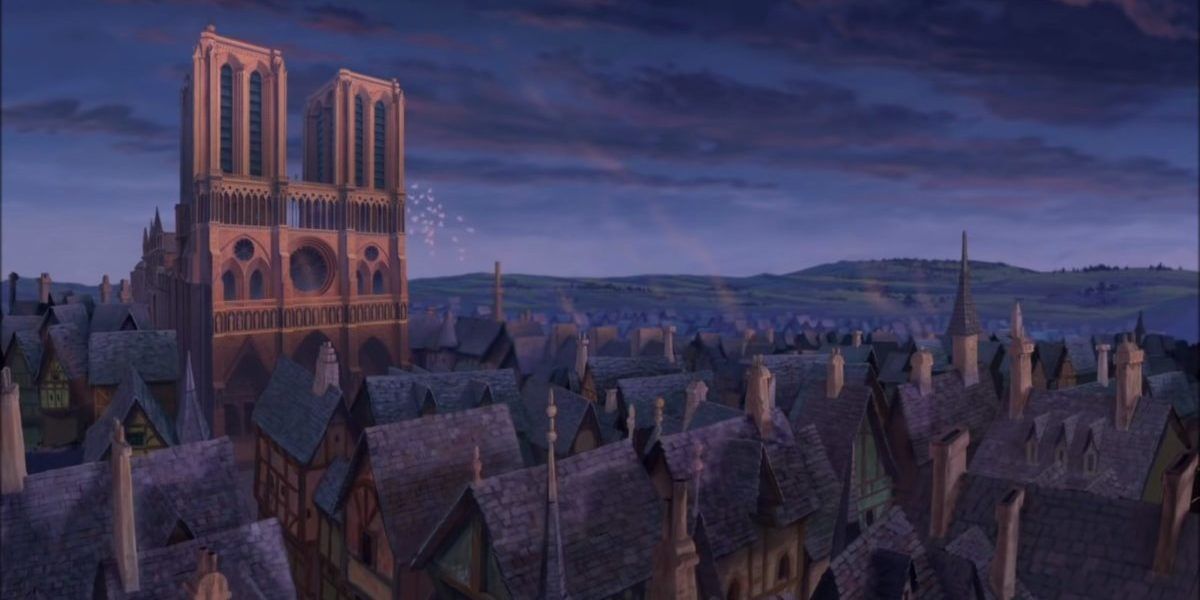
While Hunchback is not the first or last animated film with the city of Paris as its backdrop. However, from the very first frames of the film, this version of Paris clearly stands above almost any other animated depiction. With the hustle-and-bustle of townspeople constantly added to the frames, the gothic French architecture ever looming above the film's events.
The end result is that the film's setting feels alive, lived in pre-existent before the film even starts. While watching the movie, it is beyond easy to find one's self getting swept up in the Parisian landscapes.
9 That Opening Sequence
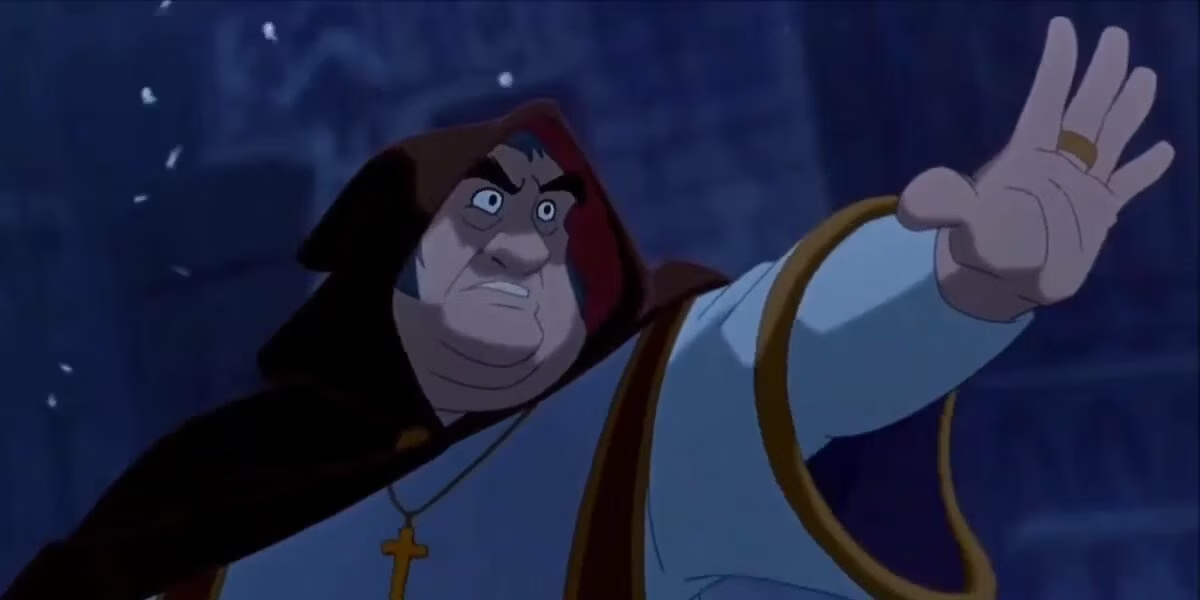
Disney has always been proficient in crafting wonderful and engaging opening sequences. However, Hunchback's is cut from a completely different cloth. The film's more mature tone is evident almost from the get-go, as narrator Claupin spins a web of musical exposition, accompanied by some of Disney's boldest visuals.
Setting the tone for the rest of the film, the opening sequence of the film is breathtaking and heartbreaking. As protagonist Quasimodo's origins are revealed, the audience is made aware that this isn't going to be just another Disney family affair. Particularly wonderful are the shots of the "eyes of Notre Dame."
8 Esmeralda
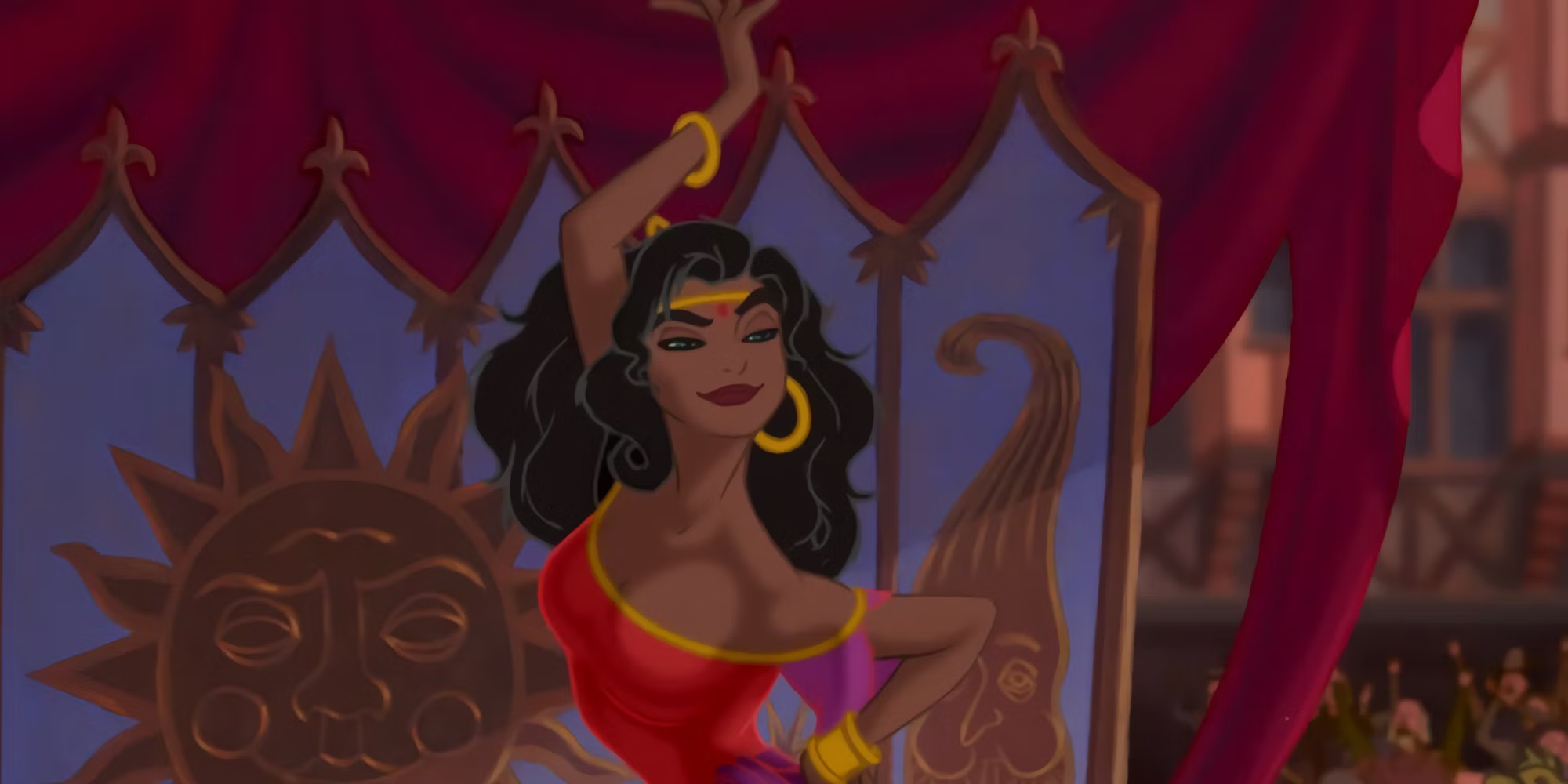
One of the feistiest and more intellectually engaging of the Disney Princesses, Demi Moore's voice lends Esmerelda's character an added layer of sensuality and temptation. Seeing as how temptations of the flesh are a major running theme throughout the film, it was essential that the source of such complicated notions was believable and well-rounded.
The result is one of the most interesting of Disney's female characters. Watching the character, she seems real and dimensional in her emotions and choices. Our attachment to Esmerelda's charms helps us understand the plight of her people, and adds an added layer of tension to the riveting finale.
7 Theological Questions
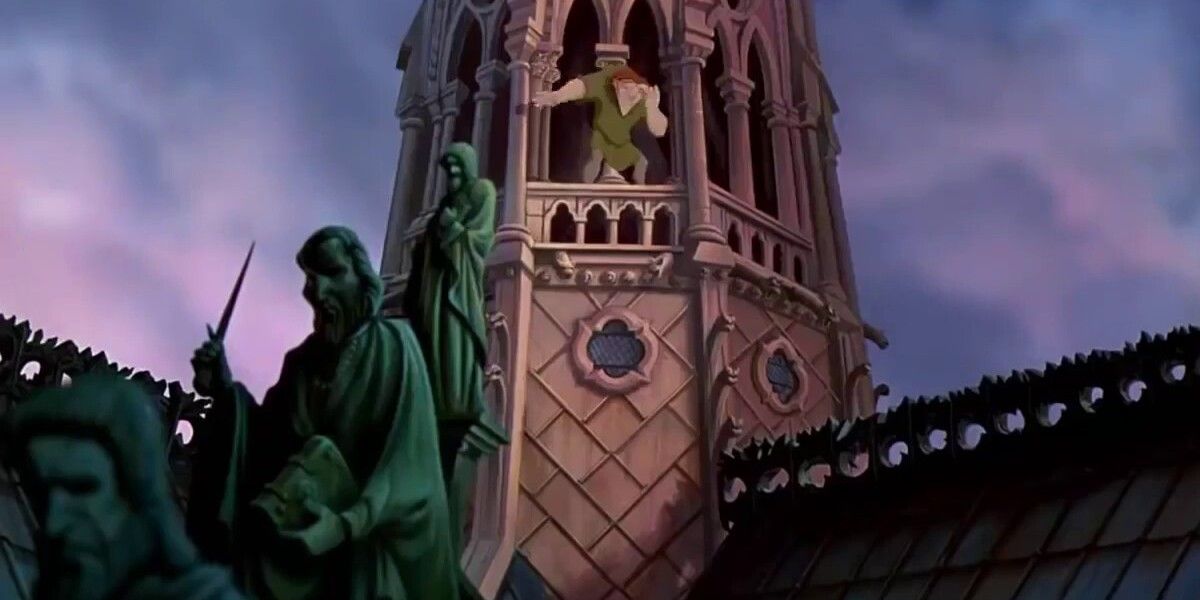
Truly unexplored territory for Disney Animations, The Hunchback of Notre Dame chooses not to ignore some of the loftier ideas of Victor Hugo's classic novel. Theology and political conservatism are a primary force behind antagonist Judge Frollo's actions. As the film progresses, the eyes of God are repeatedly brought up, both literally and figuratively.
Through the film's ruminations on "sanctuary" and when a human has to give in to his more primal instincts, Hunchback proves to be a great introduction to theological discourse for younger generations curious about the world.
6 History, History, History
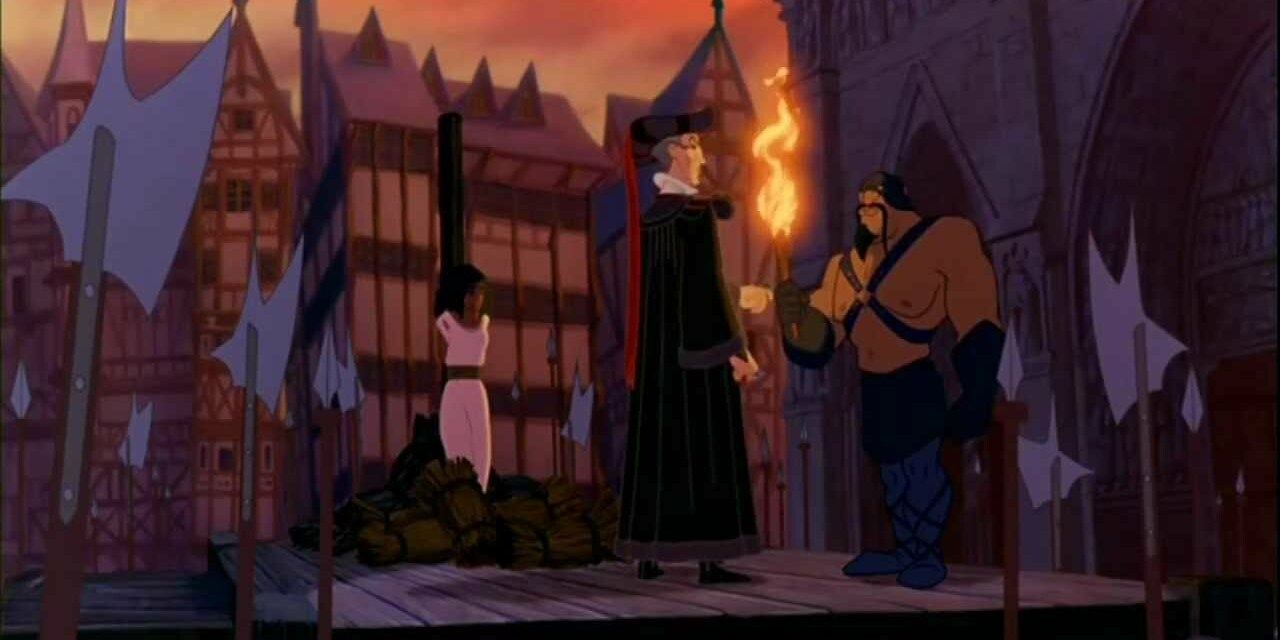
Although other Disney films have played with history, Hunchback uses its 1482 setting in a more involved way than any other. Whereas previous Rennaissance entry Pocahontas tampered down the complicated mix of colonialism, political exploration, and violence between races, Hunchback's primary conflict is driven by one of the darkest periods in French history.
The attempt to purge the Gypsies from the Catholic-run Paris represented an early attempt at genocide at the hands of the combined Chuch-State. Though the film doesn't heavily investigate its historical ancestry, it also has to incorporate them with maturity and aplomb because they are so sewn into the film's DNA.
5 Source Material
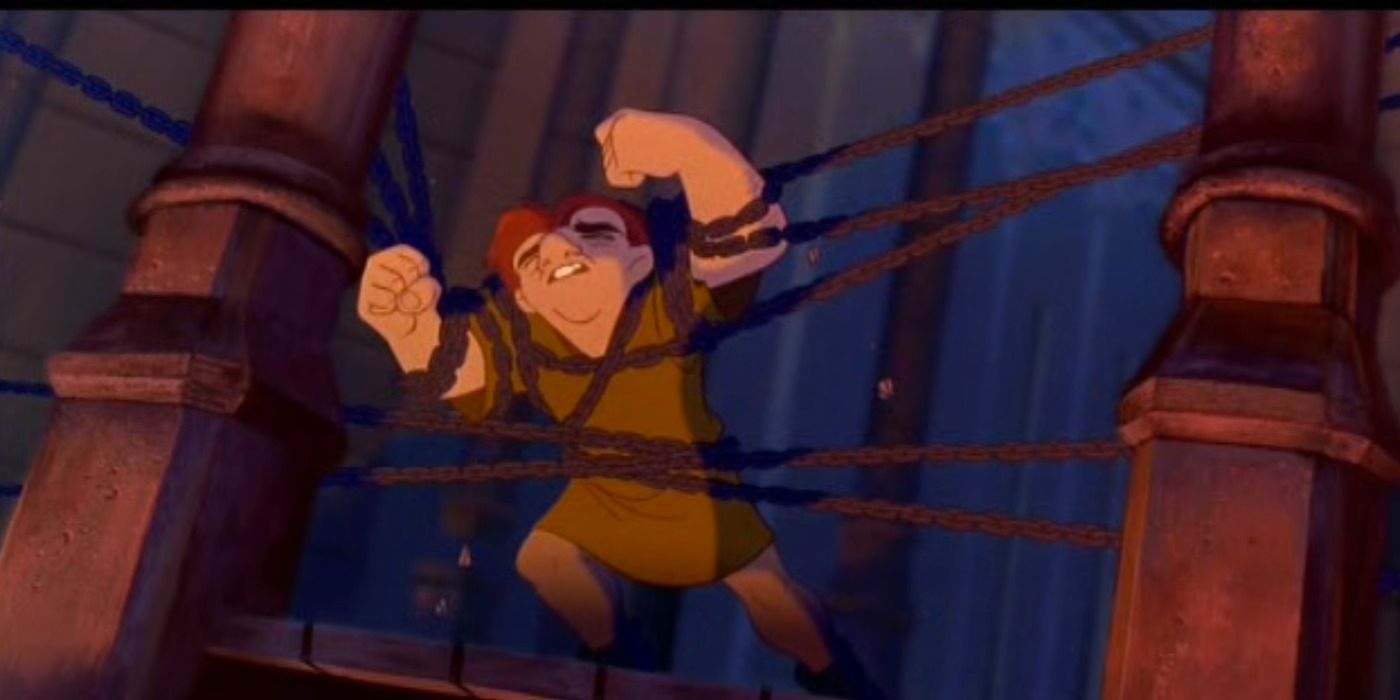
Disney's usual muses for their films are myths, fairy tales, legends, and fables. This film, and in some respects Tarzan, represent a turn towards the literary canon for inspiration. Victor Hugo's novel, published in 1831, largely tells the same story. However, the violence and general intensity of the story is much more heightened than the Disney adaptation. Still, the choice was risky.
Picking Hugo's novel meant ditching talking animals and spells for character development and genuine tragedy. A perfect introduction to the world of French literature that one wishes Disney would pull from more often.
4 Heaven's Light/Hellfire
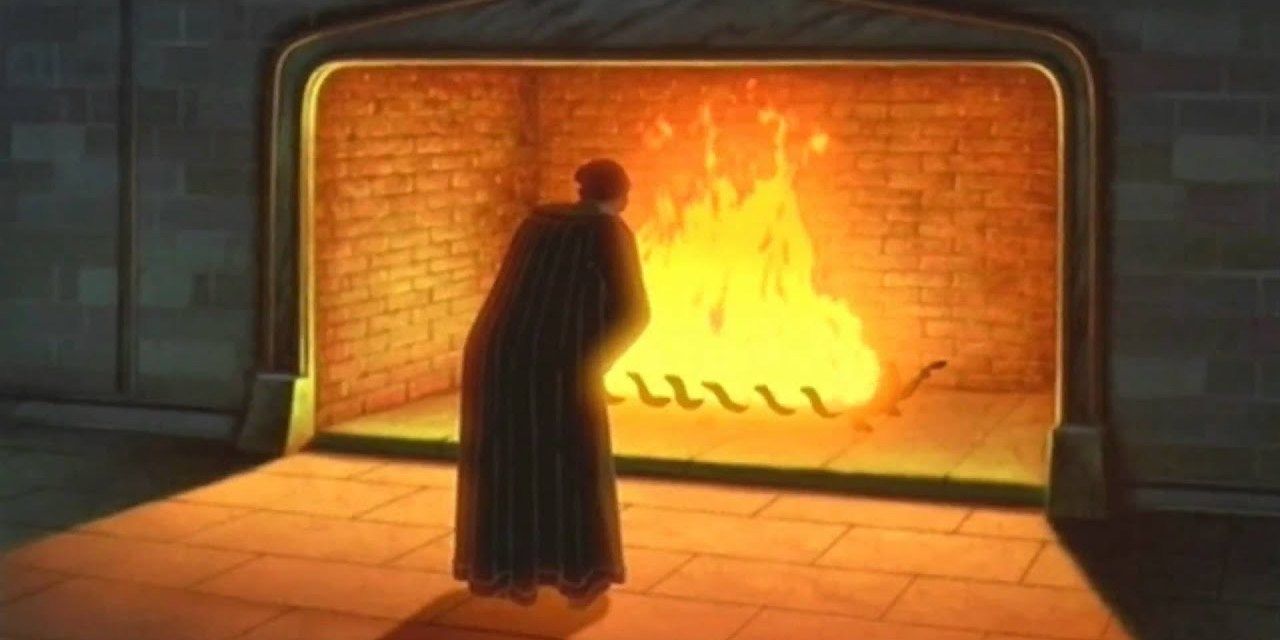
Much like the film's genius opening number, this sequence deserves its own spot. This two-part song represents the pinnacle of the film's thesis of temptation and light vs. dark. It begins with Quasimodo ruminating on the kindness shown to him by Esmerelda, which morphs into a deeply disturbing meditation on the nature of piety and lust.
Widely considered to be the high point of the film, the animation that accompanies Frollo's turmoil is genuinely frightening and a stroke of pure risky brilliance on the part of the filmmakers.
3 The Villain
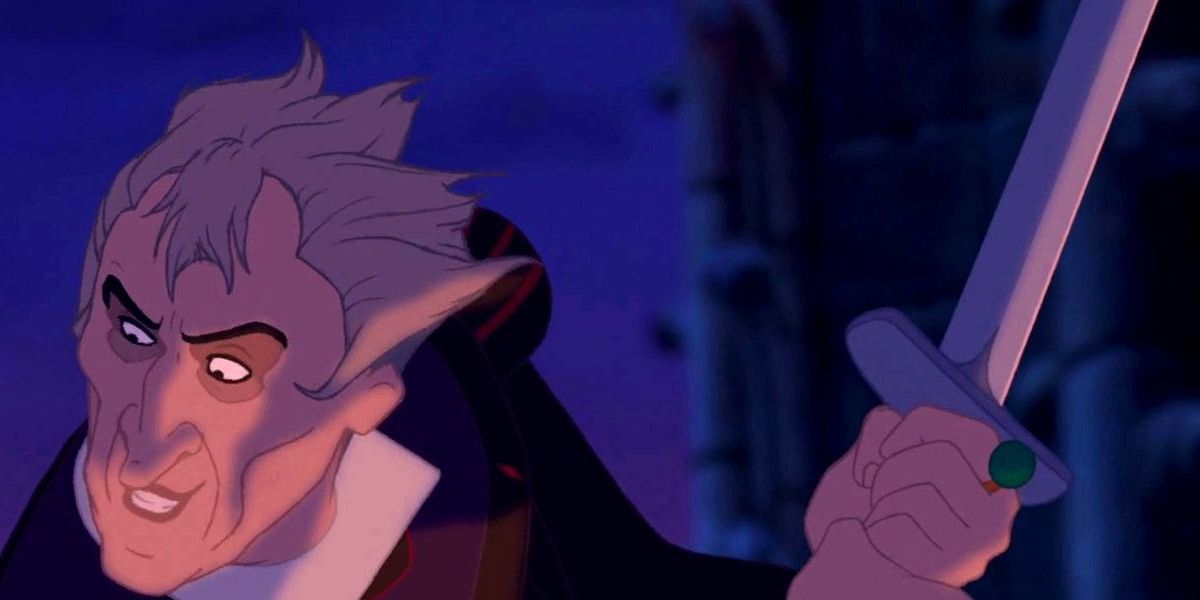
Judge Claude Frollo is a different kind of villain for Disney. He represents a wholly different kind of evil from cartoon depictions like Jafar or Ursula. Frollo's motivations are concretely political, his drive for power is unnervingly human. Judge Frollo is one of Disney's scariest creations because he is reminiscent of real historical figures, his motivations the same as many public leaders of the old and modern world.
Tony Jay's eerie baritone voice gives the character his ominous edge, the two combining to create a figure that casts a long, organically evil shadow over the entire film.
2 The Music
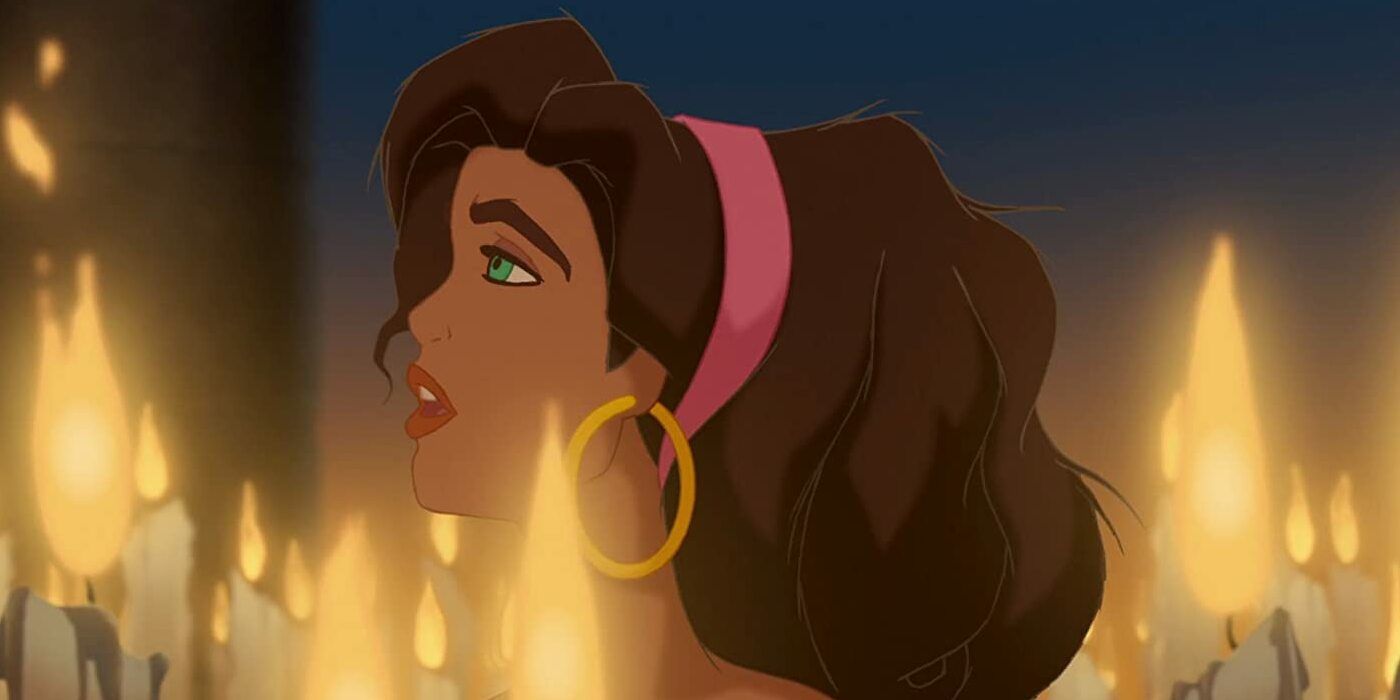
Alan Menken is one of Disney's best musical collaborators. His musical imagination has given the world many of Disney's classic hits, such as Beauty and the Beast and The Little Mermaid. However, Menken trades whimsical romanticism for Gothic majesty in the score for Hunchback.
Incorporating the thunderous roar of the titular cathedral's giant bells, the music of the film elevates every other element. Beautiful, bleak, and emotionally grand, Menken's work is nearly-matched by the descriptive poetry of lyricist Stephen Schwartz. The musical numbers never feel tangential, always serving to expedite the film's plot in creative and satisfying ways.
1 The Darkness

The reason that the film is a masterpiece is the same reason it is often forgotten about in conversation about the best childhood films. The complex darkness of the film drips off the screen, representing some of Disney's boldest animation with some of their most mature writing ever.
Discourses on love, lust, sin, God, self-worth, morality, and all kinds of other heavy topics permeate the narrative. Breathtaking visuals of the last third of the film combined with the excellent work of the voice cast and music team create a uniquely uncompromising portrait of Paris in despair. The Hunchback of Notre Dame is a masterpiece of animation and one of Disney's most cohesive visions.
from ScreenRant - Feed https://ift.tt/2zXiv3E



0 Comments